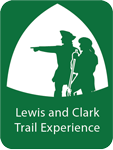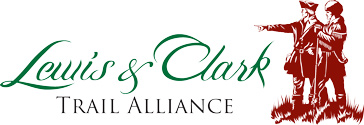In Pittsburgh, Meriwether Lewis is building the barge prior to departing down the Ohio River. The U.S. Army headquarters located at Fort Fayette is described by Thaddeus Harris during his 1803 visit.
Friday, April 15
Fort Fayette, built a few years since, is within the limits of the town of Pittsburg. It is erected on the banks of the Alleghany. At present a garrison is kept there, which, for the most part, is made head-quarters of the United States army.
The high ground back of the fort, called “Grant’s hill,” commands a most extensive prospect, taking in a view of the two rivers for several miles above and below their junction.
—Thaddeus Harris[1]Thaddeus Harris, The Journal of a Tour into the Territory Northwest of the Alleghany Mountains Made in the Spring of the Year 1803, p. 44–45 in Reuben G. Thwaites, Travels West of the Alleghanies … Continue reading
Pittsburgh 1795 [detail]
Created 1860
Samuel W. Durant, History of Allegheny Co., Pennsylvania, with Illustrations Descriptive of its scenery, Palatial Residences, Public Buildings, Fine Blocks, and Important Manufactories, from original sketches by artists of the highest ability. (Philadelphia: L. H. Everts & Co., 1876), Plate IV, downloaded from University of Pittsburgh, ULS Digital Collections, digital.library.pitt.edu/islandora/object/pitt%3A00aee8639m.
Above: Fort Pitt is at the point of the two rivers. Fort Fayette, is the smaller fort up the Allegheny River, at the northeast edge of Pittsburgh in 1795.
Experience the Lewis and Clark Trail
The Lewis and Clark Trail Experience—our sister site at lewisandclark.travel—connects the world to people and places on the Lewis and Clark Trail.
Plan a trip related to July 21, 1803:

Notes
| ↑1 | Thaddeus Harris, The Journal of a Tour into the Territory Northwest of the Alleghany Mountains Made in the Spring of the Year 1803, p. 44–45 in Reuben G. Thwaites, Travels West of the Alleghanies (Cleveland: The Arthur H. Clark Co., 1904), p. 345. |
|---|

